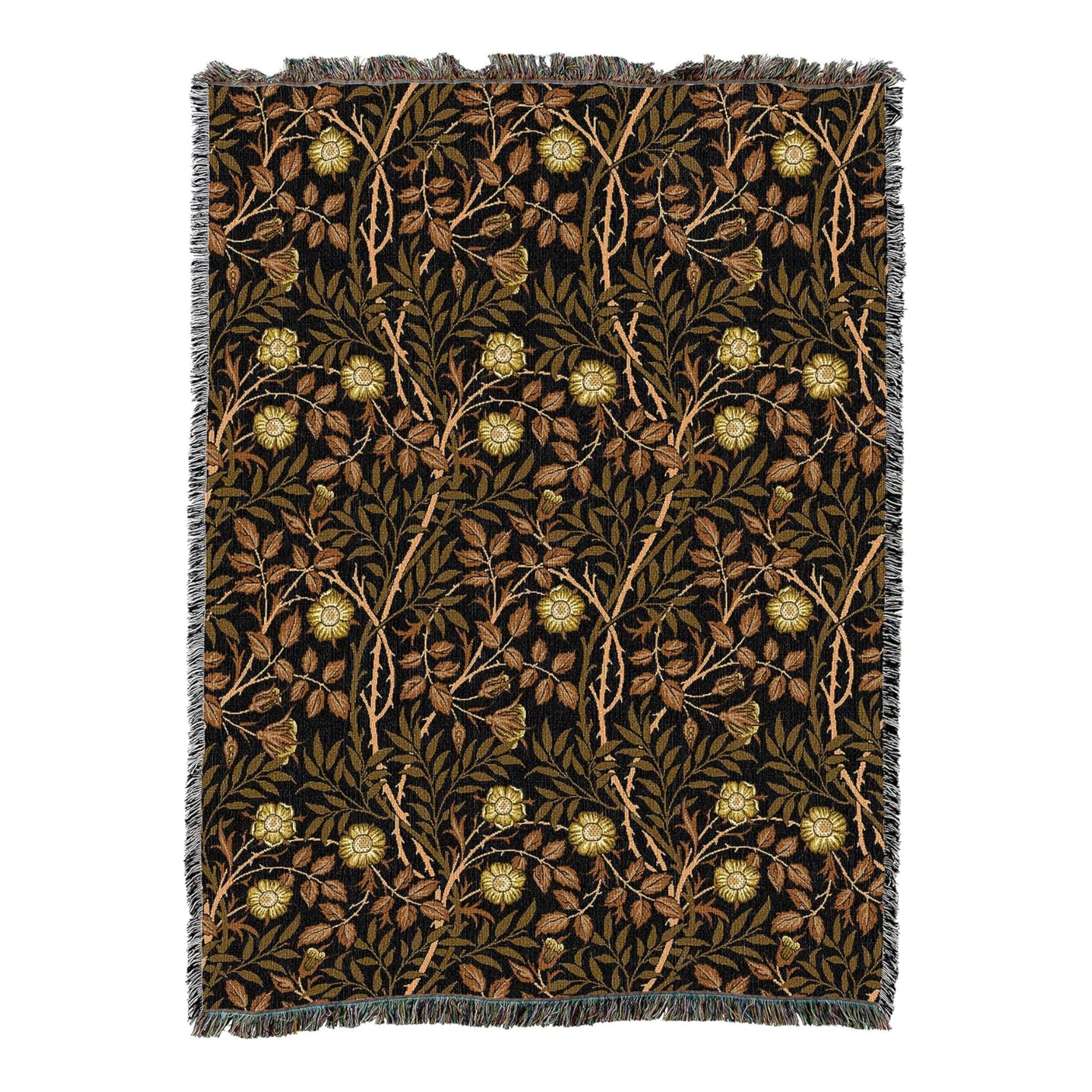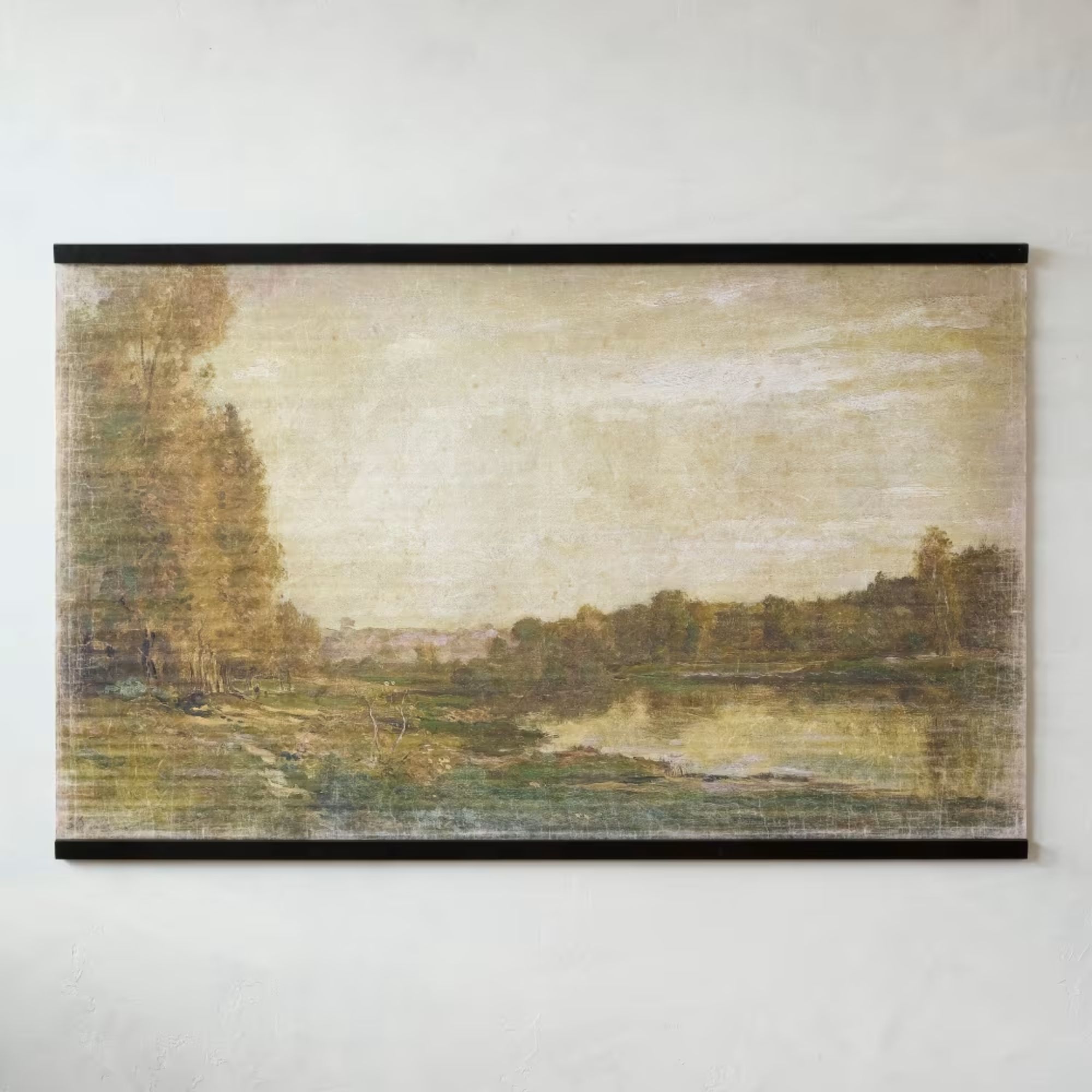Tapestries are the unexpected vintage revival designers are loving in 2025 – here's how to decorate with them at home
Find out why tapestries are the interior designer-approved secret to adding layers and warmth to a space
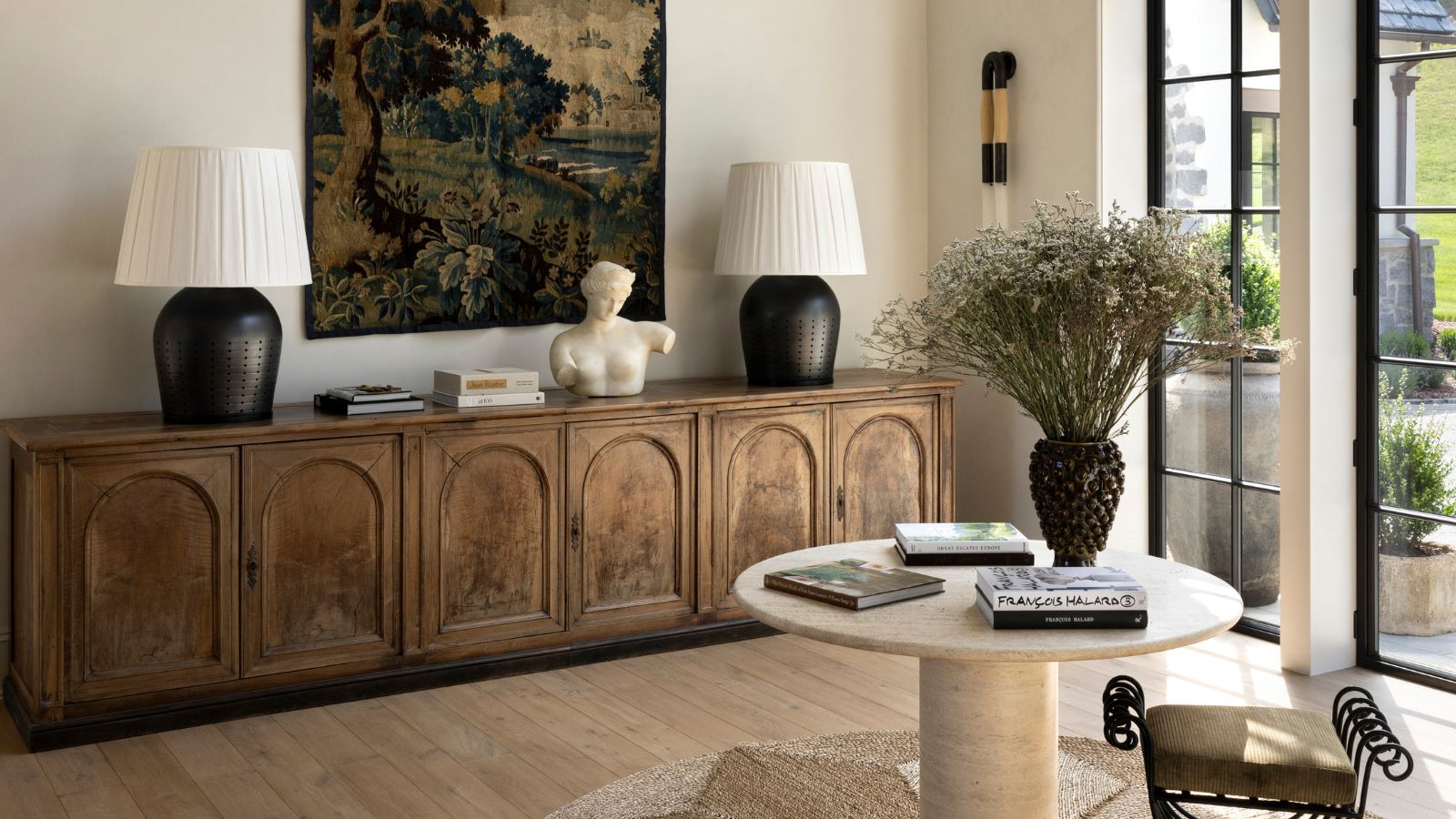

Tapestries have gotten a bad rep in home decor – often associated with antique and 'old-fashioned' spaces. So no one was more surprised than us to discover that not only are they back en vogue, but they're a designer favorite too.
Harking back to times of grand castles and historic homes, these vintage woven artworks offer a unique and lived-in alternative to traditional wall decor ideas and are particularly great if you're looking for things to hang on a wall that aren't prints.
Making a stylish comeback in 2025, whether you're looking for a large vintage piece or a contemporary textile, tapestries bring a sense of warmth, texture, and timelessness to a room. But how do you style them without them feeling dated? We spoke to interior designers to uncover their expert tips on how to decorate with tapestries.
How to decorate with tapestries
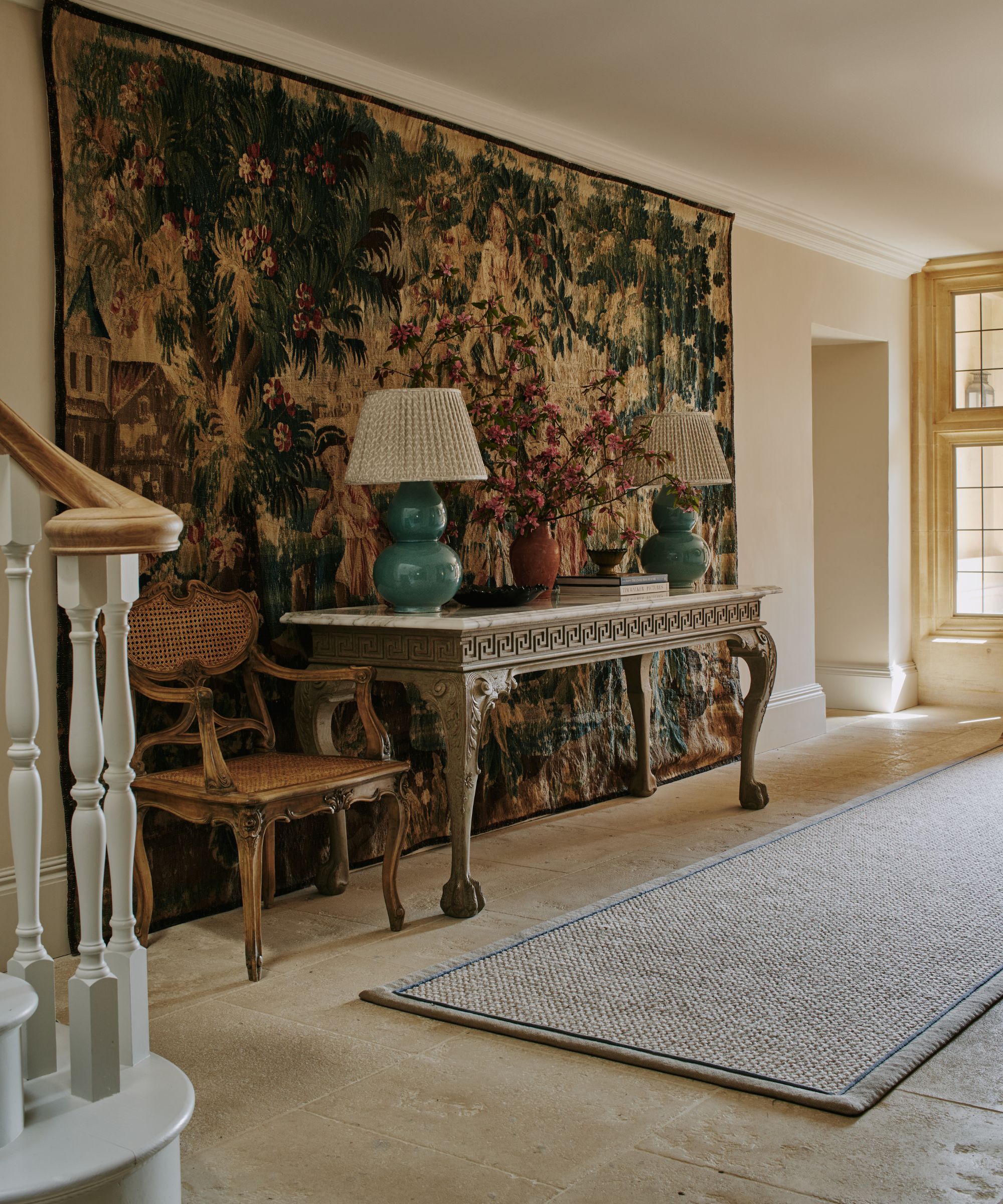
Kailee Blalock, co-founder at House of Hive says that the 'key to making them work is color integration – either selecting a tapestry that echoes the existing hues in the room or using the tapestry itself as a starting point for a color palette,' she explains. 'When designing with tapestries, we often pull colors from them to inform fabric choices, upholstery, and accessories.'
Decorating with art can come in many guises, from modern prints to vintage art and of course wallhangings like tapestries, suzanis, and intricate rugs that, unliked framed art, lend a softness and movement to a room.
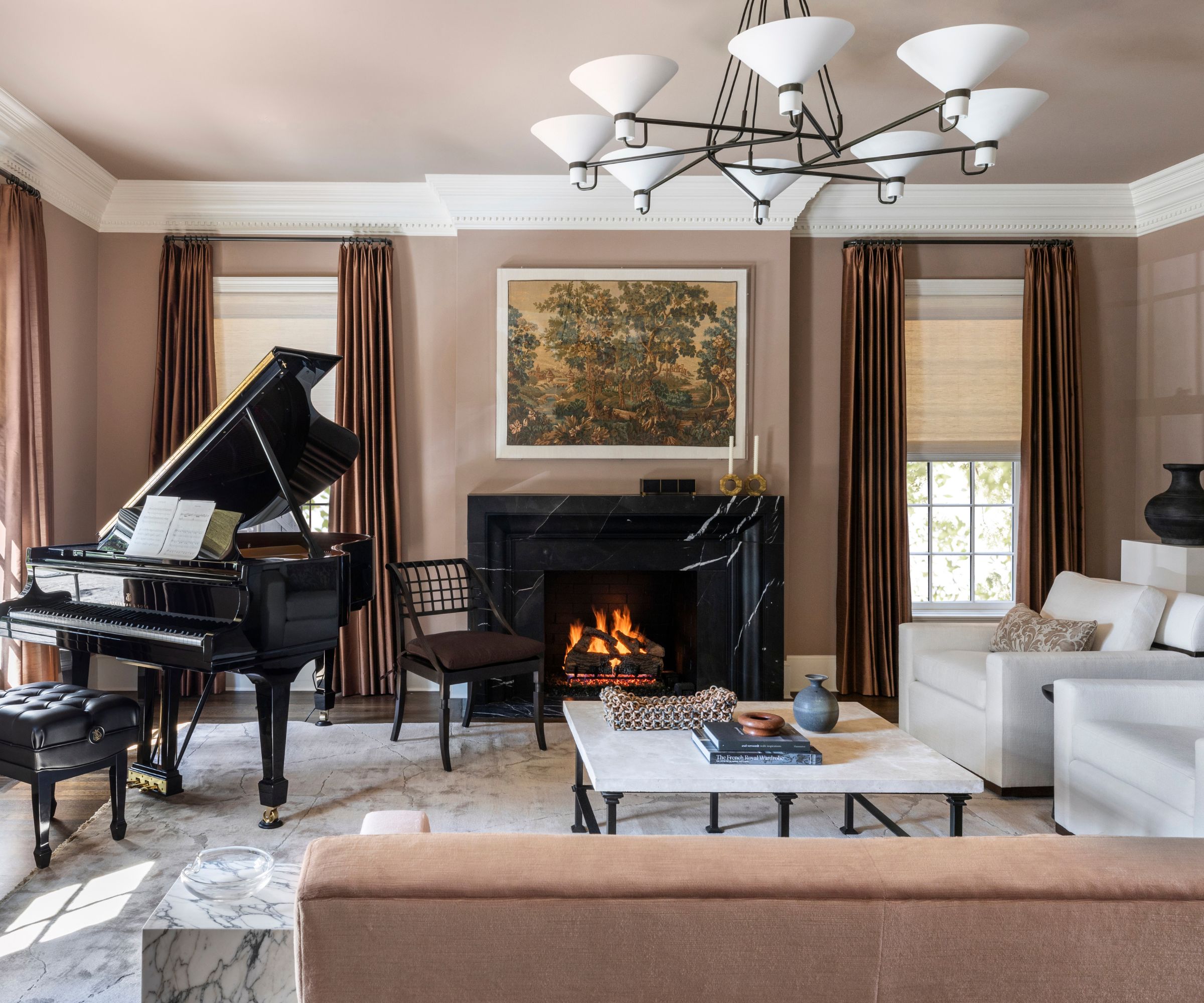
From handwoven pieces sourced at flea markets to contemporary designs, there’s a tapestry to suit every aesthetic. Plus, their large-scale format makes them ideal for filling empty walls, particularly in rooms with high ceilings, while in smaller spaces they can become a focal point that adds character without taking up valuable floor space.
Whether you’re drawn to a rich, medieval-inspired motif or a minimalist, nature-inspired design, tapestries provide an opportunity to add texture and warmth to your home.
Here, we explore expert-approved ways to hang, style, and source tapestries, along with creative ideas to bring this timeless decor element into a more modern setting.
1. Welcome home with a tapestry at your entryway
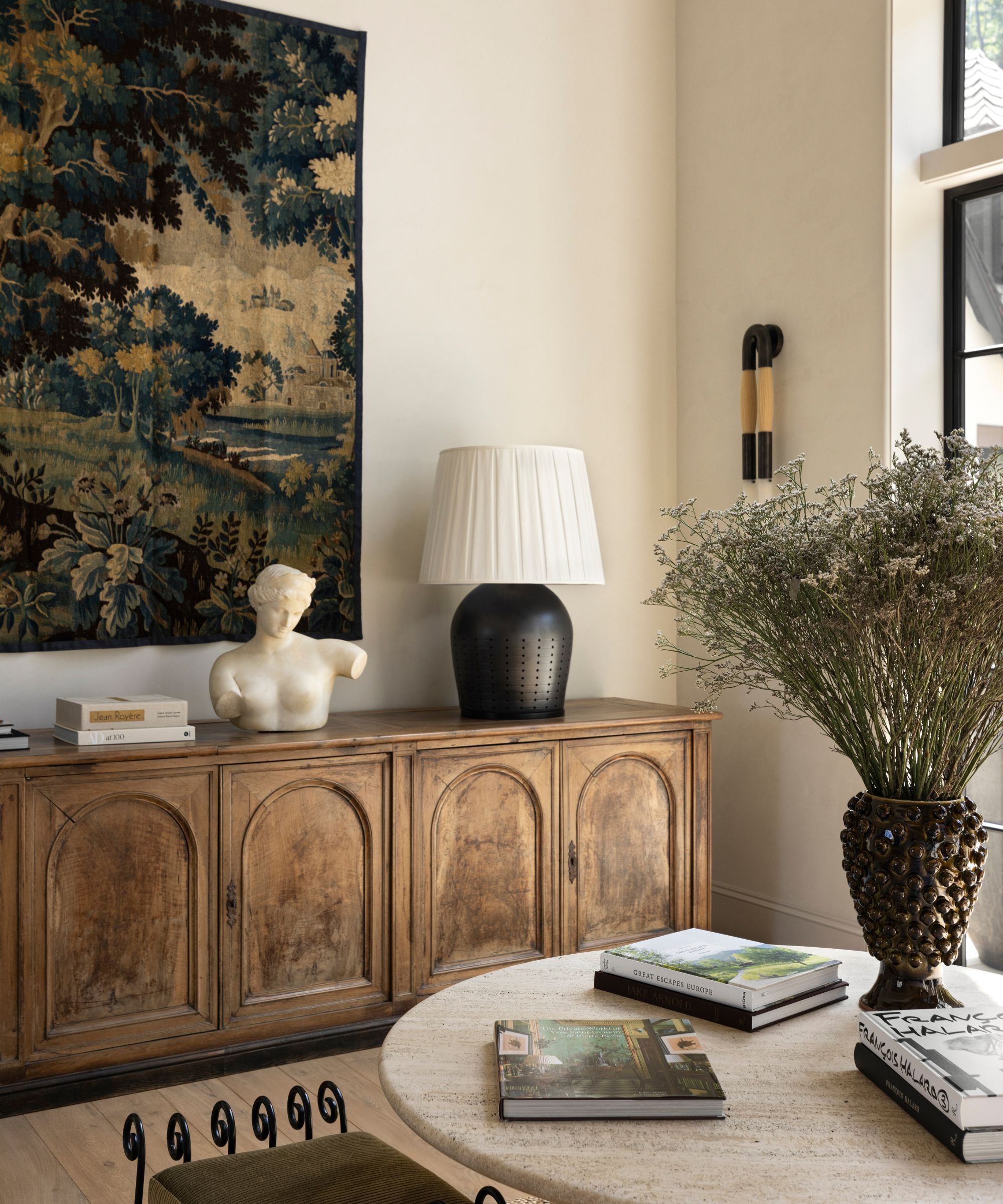
Designer Lauren Sullivan of Well x Design is a fan hanging a large tapestry in the entryway, as she has done in her own home seen above. Often light and bright spaces, the entry to your home is a great space to hang what can often be a large, dominating, and often dark wall hanging.
'I love incorporating tapestries wherever possible to create a striking statement,' Lauren explains. 'In my own home, one serves as the pièce de résistance of the entryway, setting the tone for everything that follows.'
'Tapestries bring such a rich sense of texture, history, and warmth to a space,' says interior designer Becky Shea. 'For the most impact, I love the idea of hanging one behind a key piece of furniture to create a striking focal point,' she adds.
'I envision a tapestry in a dark, moody entryway, paired with a wabi-sabi bench and tumbled limestone floors – a combination that feels effortlessly old-world and soulful. Tapestries have this incredible ability to soften a space, add dimension, and bring a collected feel. Whether antique or contemporary, they tell a story and can completely transform a room.'
2. Try out tapestry-covered accessories
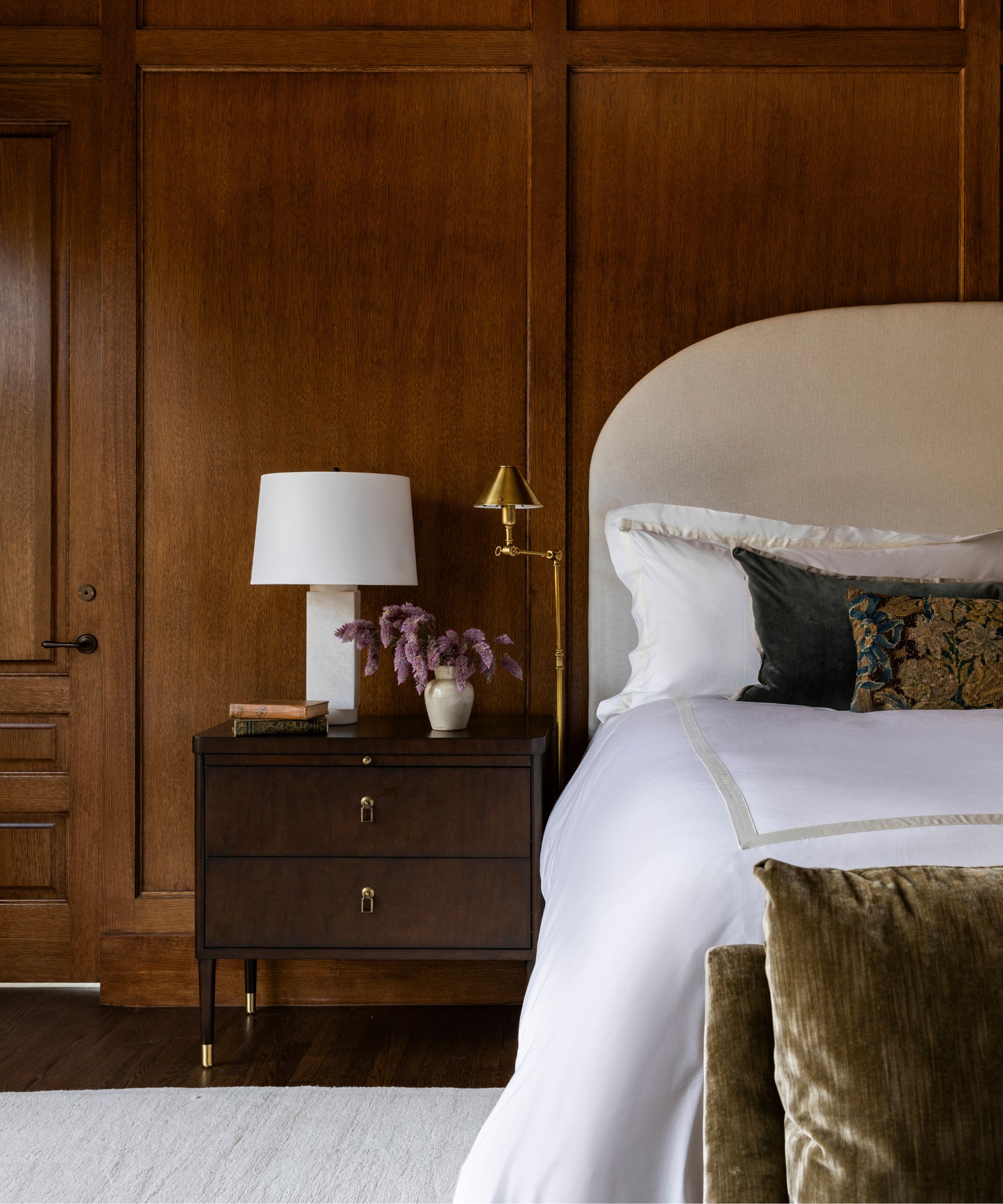
'Tapestries bring a sense of history, texture, and artistry into a space, making them a beautiful way to add depth and character to your home,' agrees renowned interior designer Marie Flanigan. 'A full tapestry can serve as a stunning focal point over a fireplace or on a large blank wall, adding warmth and visual interest with its intricate details and rich materials.'
Additionally, she is also a fan of a more subdued approach. Taking to Instagram recently, Marie shared this video which is an ode to her beloved antique tapestry collection. Smaller accent pieces like covered pillows, tapestry-inspired throw blankets, and even small upholstered items of furniture like poufs can help you introduce the vintage look without a huge commitment.
'For a more subtle approach, tapestry accents like B. Viz antique tapestry pillows introduce the same storied beauty in a refined way,' Marie explains. 'Layering these pieces into a room creates a collected, intentional aesthetic that seamlessly blends old-world charm with timeless style.'
3. Make a statement with a modern wall panel
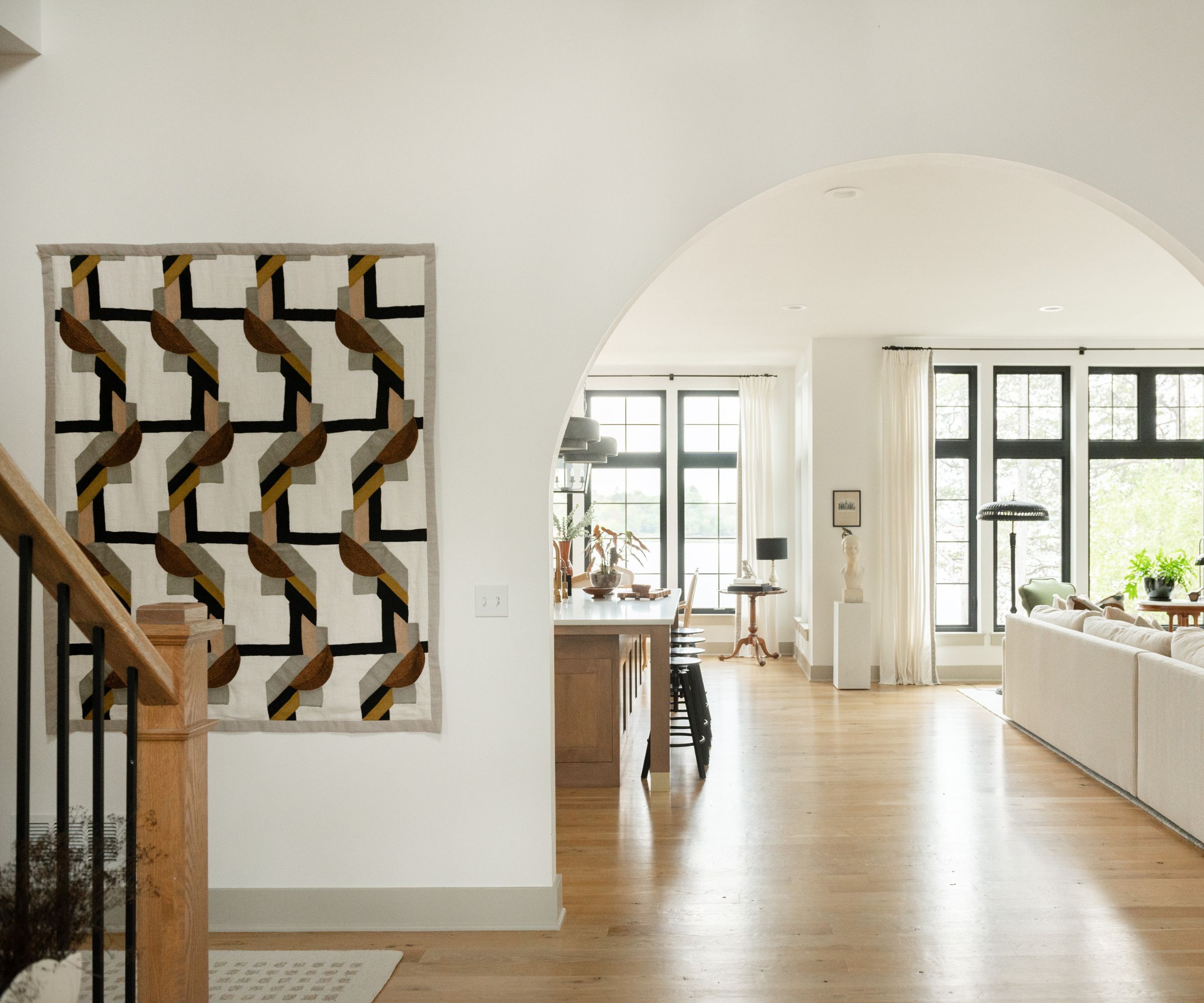
Alternatively, for more minimalist lovers, a modern textile hanging can give you the look and feel of a tapestry without such a heavy design feature.
Emily Frank, principal & creative director at Frank & Co., says: 'We love decorating with tapestries to infuse spaces with a colorful and impactful focal point, rich in pattern and texture,' she explains. 'Tapestries mirror artwork as wall decor and add texture to a space in ways traditional paintings or framed photography cannot.'
'Find a favorite fabric (in our case this Pierre Frey cult favorite from the vault) and make it a statement piece,' Emily suggests, describing how they sourced and fashioned this warm fabric panel in the modern entry seen above. She explains how we don't always have the budget to use our favorite fabrics in large quantities, so this is a great alternative that allows you to still use a revered piece. 'It is a nod to the maximalist surge hitting the design world,' she says of the return of the tapestry.
4. Get creative to hide your TV
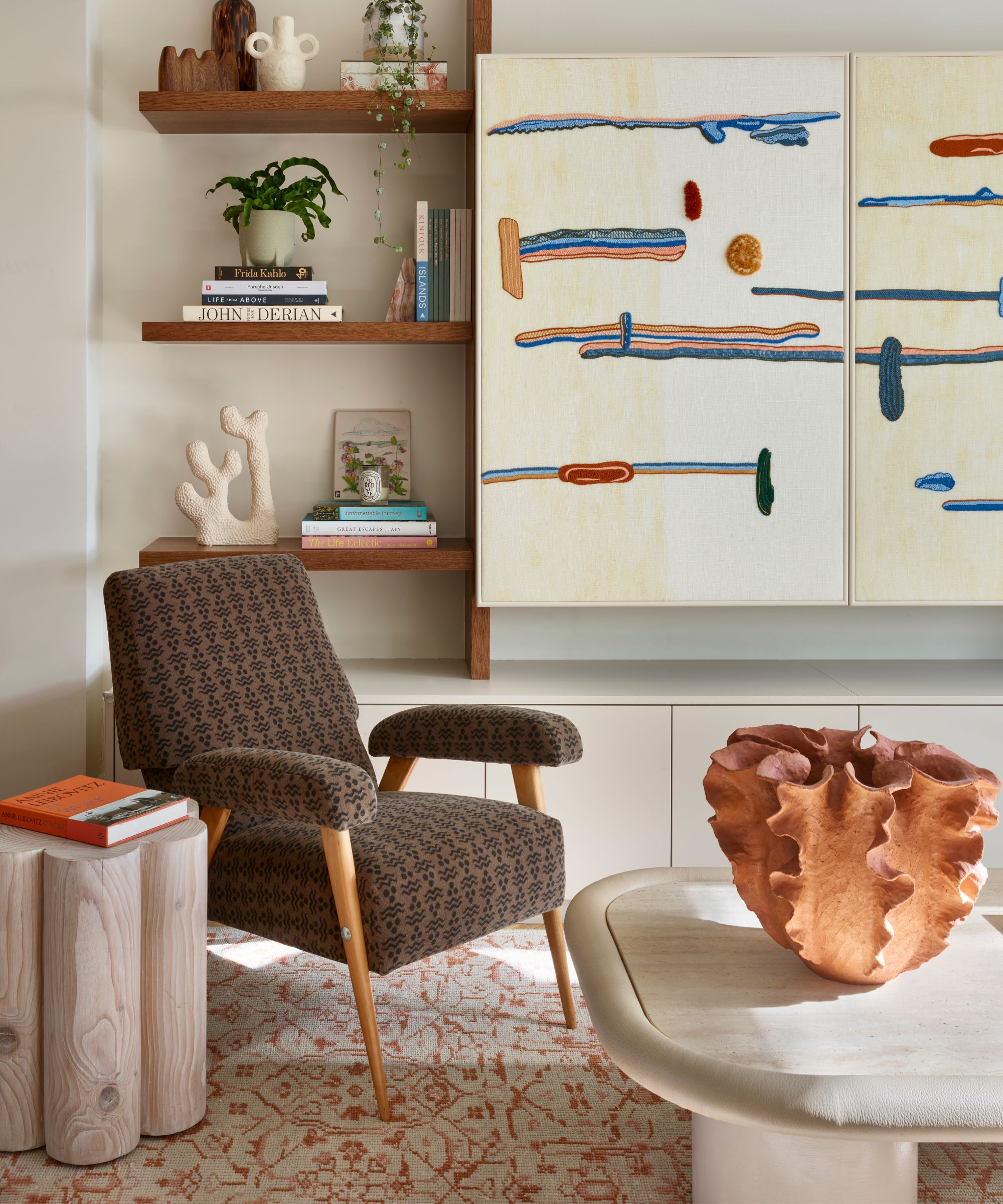
One of the biggest benefits of tapestries is that they're often large-scale and take up plenty of wall space, meaning you can not only use them to effectively fill up empty walls but also put them to good, practical use.
In this eclectic living room seen above, Alicia Meireles, creative director at OWN LONDON, used a contemporary tapestry to stylishly hide the TV. 'Disguising a TV is a common conundrum for designers,' says Alicia. 'One solution is to encase it in a piece of furniture so that it can be hidden, or you could try a tapestry.'
'We commissioned a tapestry from a specialist embroiderer to cover the sliding panels in front of the TV screen in a recent London-based project,' she explains. 'The brief from the client was to have most of the background plain but they wanted vibrancy of color and texture to punctuate the canvas. She used 18 different embroidery stitches, creating an odyssey of color, texture, and playfulness that suited the client's personality.’
5. Try out an alternative headboard
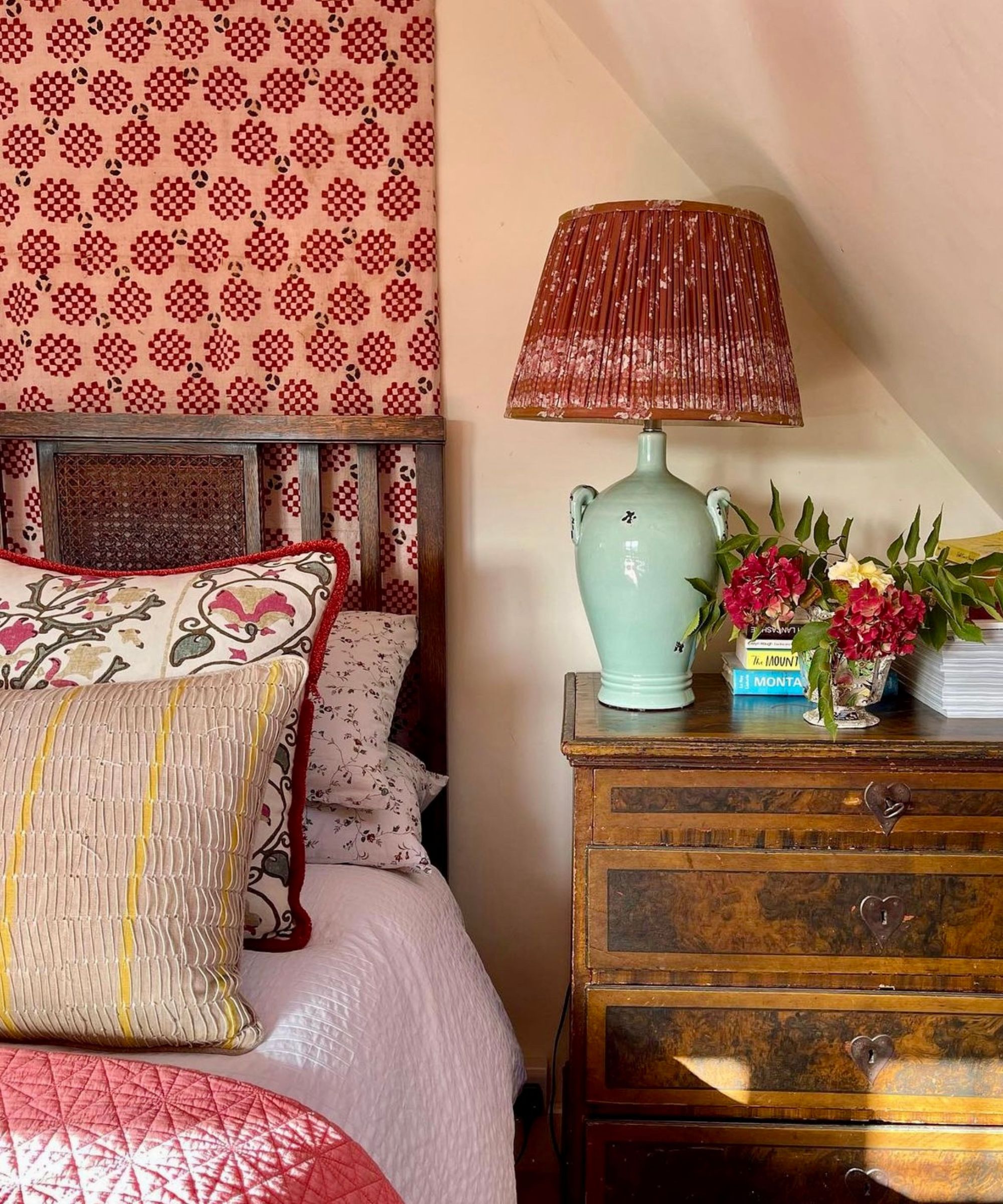
Interior designer Benji Lewis, who works between London and France and is au fait with all things antiques, loves using tapestries for big impact in his designs. 'They’re fantastic for offering good wall coverage and very effective at creating a union between traditional and contemporary vibes,' he explains.
'An antique tapestry with all its color and textural interest looks amazing on a crisp white wall.' And, as seen in this cozy pink bedroom above, Benji has a penchant for hanging a vintage fabric tapestry behind the bed in his designs. 'Hung on a wall behind a headboard, they offer a sense of grandeur and create the illusion of height,' he suggests.
Typically, a large upholstered headboard can be quite an expensive and fairly permanent addition to your bedroom design. But with a well-chosen wall hanging, you can give your space an injection of pattern and color that can be swapped out in an instant.
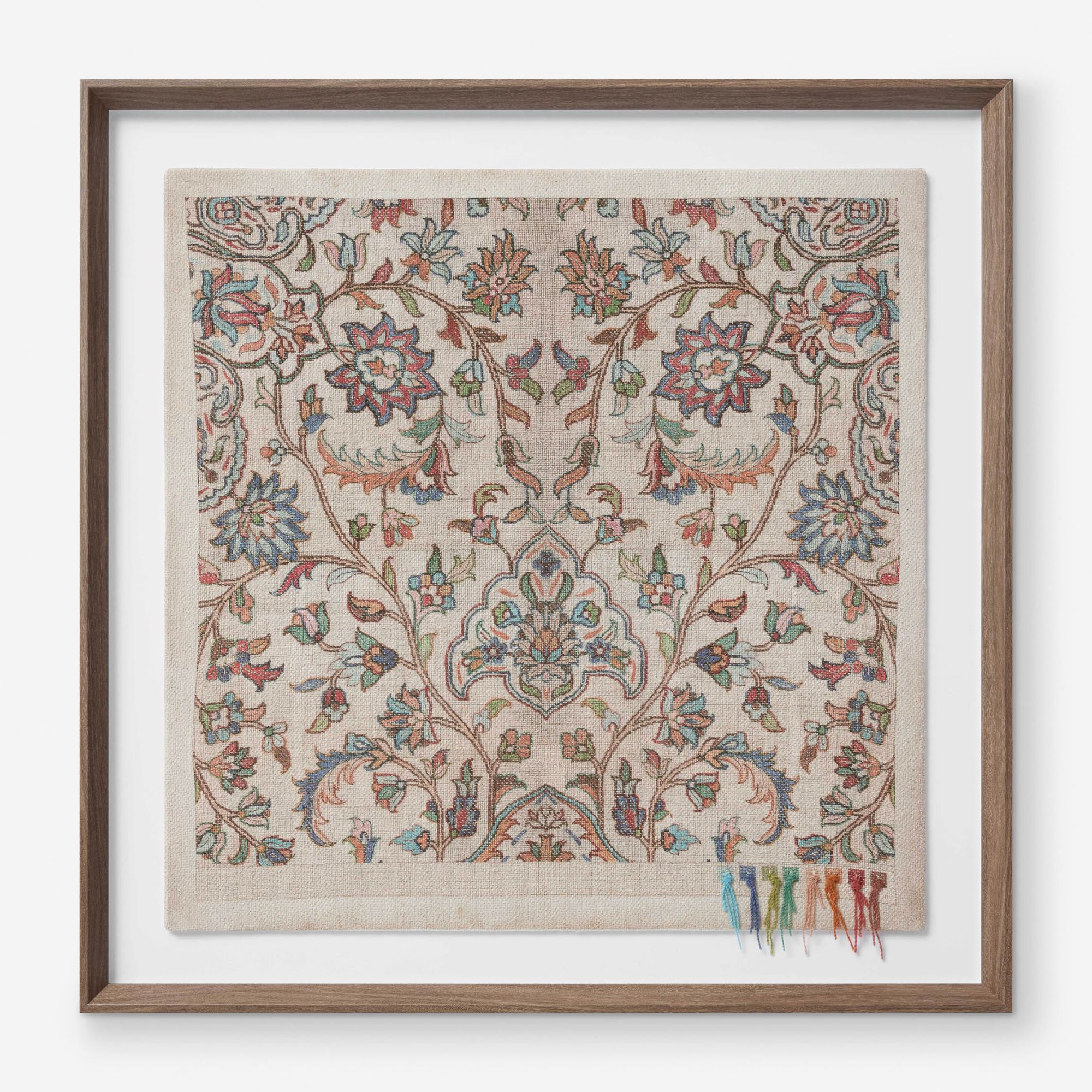
For a more modern take, Lulu & Georgia has a beautiful range of framed textile art that features ornate motifs in a pastel palette that can fit in traditional and transitional curations alike.
So, if you’ve been searching for a way to elevate a blank wall or introduce more character into your home, consider giving tapestries a try. With their vintage appeal and visual impact, these woven works of art can transform a room, helping you create a space that is stylish with a sense of history.
Sign up to the Homes & Gardens newsletter
Design expertise in your inbox – from inspiring decorating ideas and beautiful celebrity homes to practical gardening advice and shopping round-ups.

Charlotte is the style and trends editor at Homes and Gardens and has been with the team since Christmas 2023. Following a 5 year career in Fashion, she has worked at many women's glossy magazines including Grazia, Stylist, and Hello!, and as Interiors Editor for British heritage department store Liberty. Her role at H&G fuses her love of style with her passion for interior design, and she is currently undergoing her second home renovation - you can follow her journey over on @olbyhome
You must confirm your public display name before commenting
Please logout and then login again, you will then be prompted to enter your display name.
-
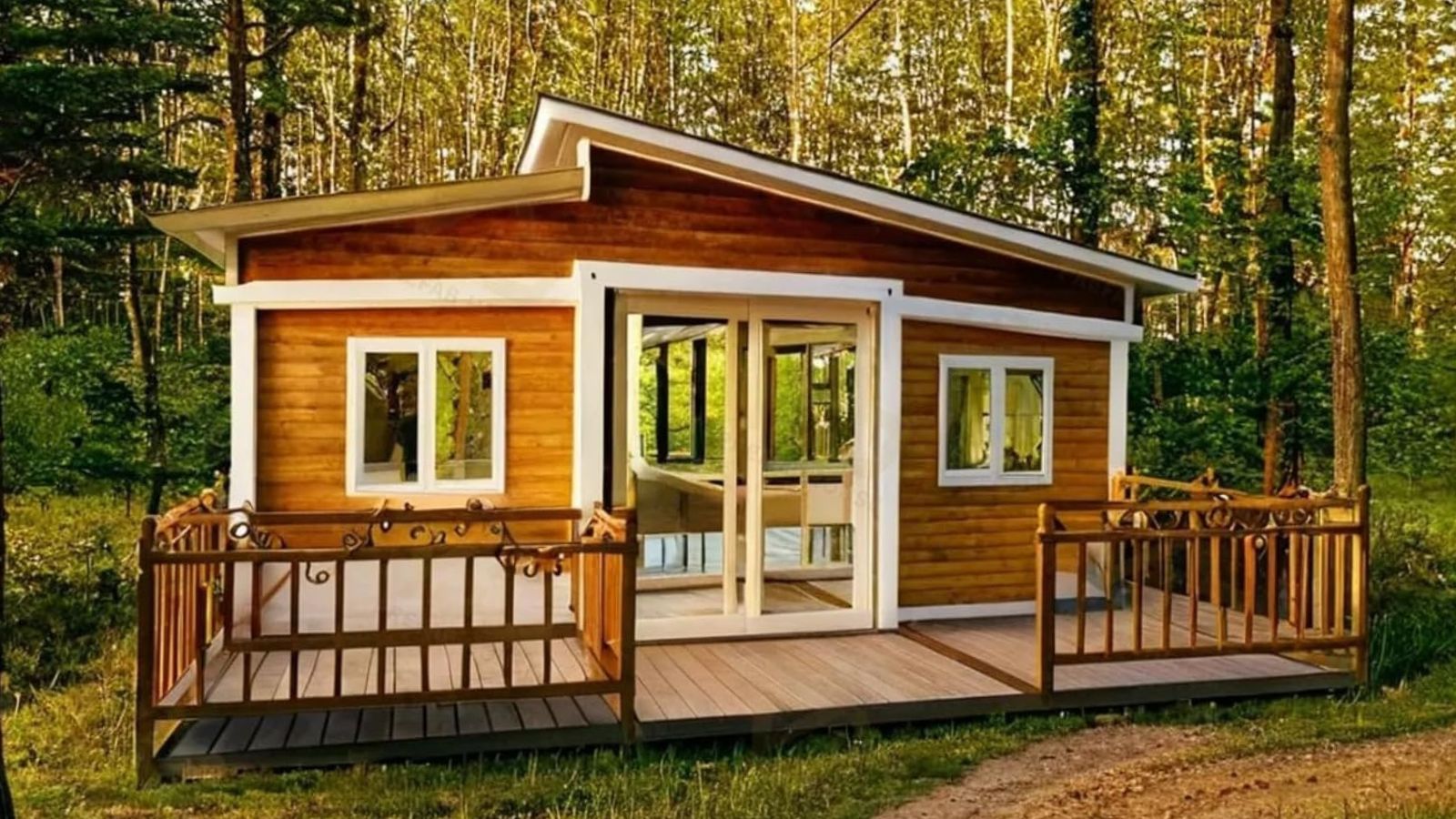 This ultra-tiny 'luxury villa' is sold on Amazon – estate agents say this unconventional, pre-assembled home is more than a novelty
This ultra-tiny 'luxury villa' is sold on Amazon – estate agents say this unconventional, pre-assembled home is more than a novelty'Tiny homes are more than a trend. They’re part of a bigger conversation about how we live' – this foldable house is one of many shaping 2025's real estate industry
By Megan Slack
-
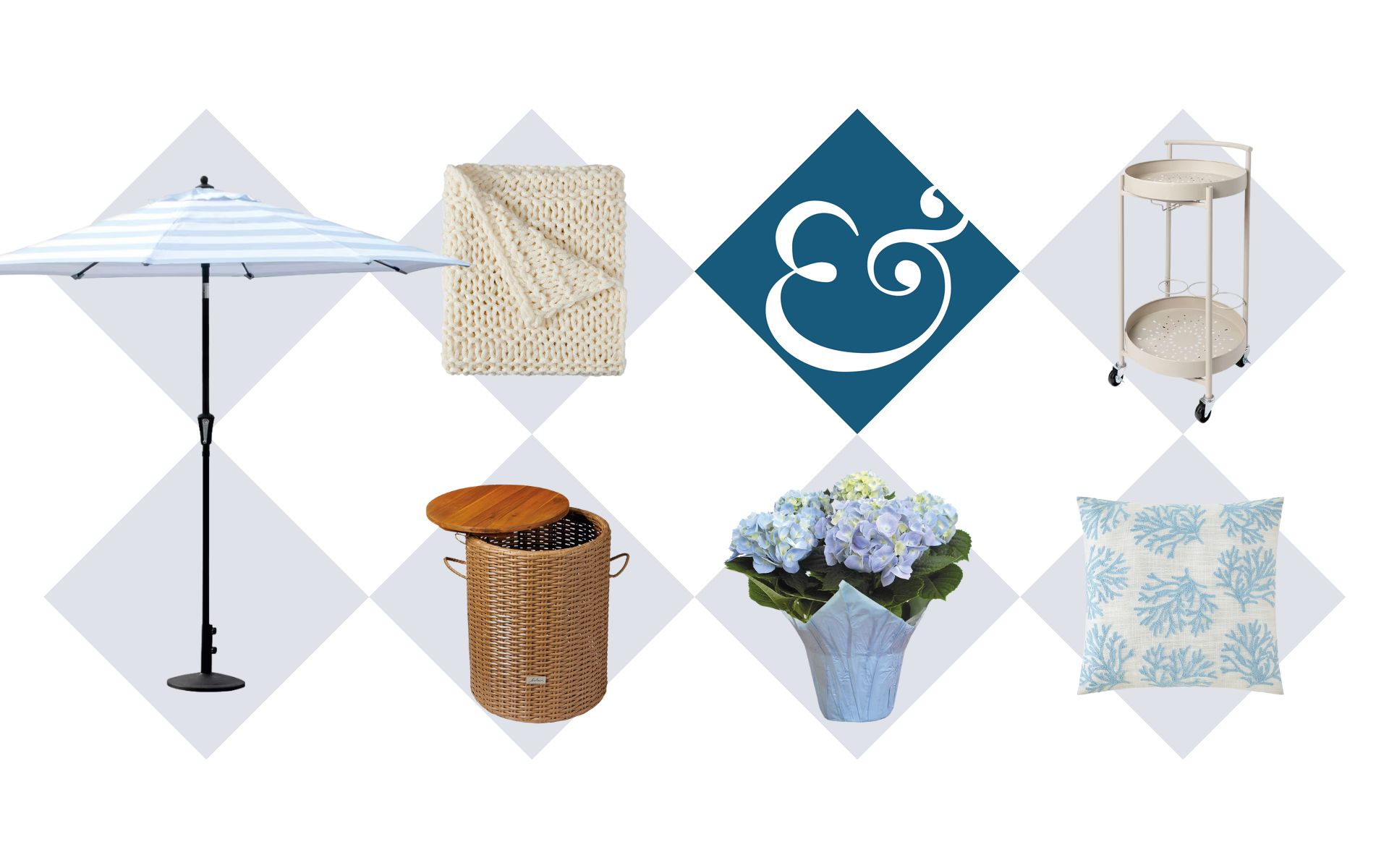 You won’t believe these chic coastal backyard finds are from ALDI – and everything’s under $50
You won’t believe these chic coastal backyard finds are from ALDI – and everything’s under $50Hampton's style on an ALDI budget
By Charlotte Olby
